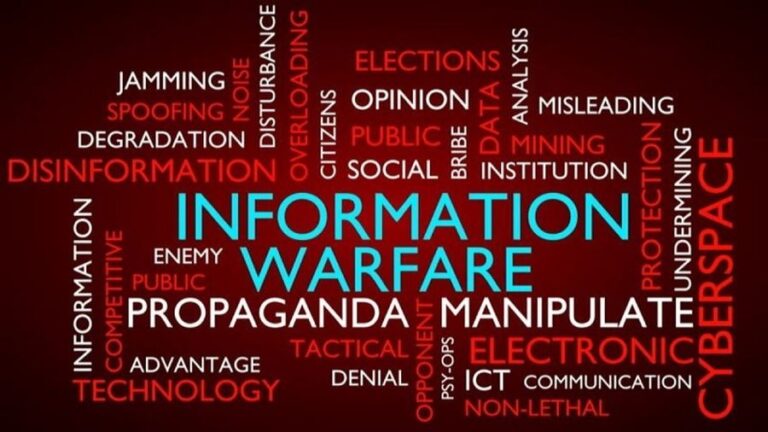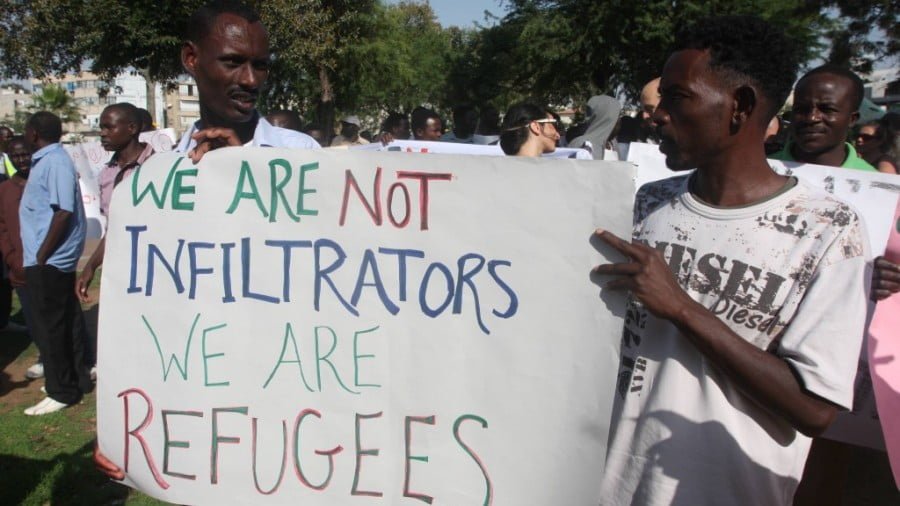Why Would US Transform Afghanistan into a Drug Empire?
For a total of sixteen years the US has been occupying Afghanistan after invading immediately after the 9/11 attacks. This act of aggression has already become the longest war in American history, overtaking the “record” that was held by the Vietnam War that lasted from 1964 to 1975. During this period, Washington would spend over 800 billion dollars on the so-called reconstruction of the Afghan nation. As a result of this “reconstruction”, the Taliban has been regaining control over the country, which has resulted in this group controlling over 40% of Afghan territory. Additionally, opium production rates have overtaken the figures of 2001, as the Pentagon does nothing to combat drug trafficking.
It’s curious that according to the Al-Jazeera the estimated value of opium and its by-products produced in Afghanistan in 2016 reached 3.02 billion dollars up from 1.56 billion dollars in 2015. According to UN estimates, drug trafficking accounts for 15% of the Afghan economy, with every tenth person in the country being a drug addict! In comparison, the global average resides at the level of every twentieth citizen.
According to the experts engaged in fighting Afghan drug trafficking, an Afghan farmer would receive 600 dollars for eleven pounds of opium. However, a pound of heroin, produced from this amount would be sold for over 150 thousand dollars on the black market! At the same time, no one knows where in who’s pockets the missing 149 thousand dollars would go.
Under these conditions, what can be said about the forces of the United States who have allegedly been “protecting the country from the forces of international terrorism?”? How could local drug lords produce 6400 tons of opium in 2014 alone with a formidable force being deployed by NATO?
Once Americans invaded Afghanistan in 2001, the country began producing up to 95% of all heroin on the black market. At the same time, Washington under various pretexts refuses to fight drug production.
When the Taliban came to power in 1996, they would mercilessly destroy opium poppy plantations and shot drug traffickers on sight. But once NATO pushed them to the southern provinces of the country in 2001, they were no longer able to resist the idea of receiving funds for their jihad from a such a lucrative business as drug trafficking. Now it is difficult to say how much resources received from the drug are being used for weapons purchases and other military needs of the Taliban or those cash flows are just being abused by local warlords, who have been transformed from fanatical radicals into ordinary drug dealers.
Today it is clear to pretty much everyone that Washington’s anti-drug campaign in Afghanistan has failed miserably in spite of the 8.5 billion dollars wasted on this conflict. According to expert, this year the level of drug production would be skyrocketing to unprecedented highs . The number of drug villages in Afghanistan have already exceeded last year’s figures, with about a third of the population being involved in the cultivation of opium poppy. Predictably, the number of drug trafficking operations keeps growing, as there’s new smuggling routes appearing , for instance, across Africa. Analysts say that both the “Balkan” route (Pakistan-Iran-Turkey-Europe) and new trails across Azerbaijan, Armenia, Georgia and Ukraine are being used heavily to get Europe drown in narcotics.
At the same time, tons of precursors for the manufacture of narcotic substances are illegally imported into Afghanistan annually. A total 66 tons of such chemicals was seized in 2016, while over 50 tons were confiscated in the first six months of this year alone! Moreover, according to reports presented in Afghan sources, such countries as Italy, France and the Netherlands are among the main suppliers of those suppliers.
That is why one cannot help but be amazed by the disability of the US and NATO forces, despite their continuous presence in Afghanistan, to provide an ample support to the government of the country in the fight against drug production, which remains one of main sources of financing of terrorism, the fight against which, according to official statements, is Washington’s primarily goal in Afghanistan. According to UN estimates, about half of the revenues of illegal armed groups in Afghanistan, estimated at the level of 400 million dollars, are coming from the drug trade. Under these circumstances, the recommendations drafted by the US Special Inspector General for the Rehabilitation of Afghanistan on the need to develop of a comprehensive anti-drug strategy in Afghanistan is getting increasingly relevant. John Sopko’s remarks about the 8.5 billion dollars wasted on the anti-drug campaign in Afghanistan shows its utter failure, as the drug production levels in Afghanistan are breaking records, and the country remains the world’s largest producer and exporter of opium.
The organization SIGAR, created to control the funds allocated for the reconstruction of Afghanistan, submitted a report according to which the US spent hundreds of millions of dollars to support the Afghan government. At the same time it is clear to pretty much everyone that the longest war in US history can not be won without a comprehensive plan to fight drug trafficking. After 16 years of bloodshed Afghanistan still accounts for 75% of the world’s heroin supplies, and remains to this very date a country with the highest concentration of terrorist groups in the region.
The Nangarhar Province has virtually become a black market hub for all sorts of terrorists and drug traffickers. There is a very close relationship between heroin traffickers and terrorist groups, as drug traffickers surrender a part of their proceeds from the sale of drugs to the Taliban as a “zakat” – an obligatory donation, which is one of the five pillars of Islam.
As long as the US remains reluctant to address this problem, Trump will not be able to fulfill his promise to win. So why would Washington transform Afghanistan into a drug empire?
First of all, hardly anyone today will doubt that it is the drug trade that allows the US and NATO to control the population of this country, as well as local leaders. Why counter fight the North Atlantic Alliance troops, if they provide an opportunity to have a stable source income, no matter how illegal? The degree of involvement of Afghan peasants in the production of drugs is eloquently evidenced by the fact that peasants are getting loans to cultivate poppy crops.
It should also be remembered that drug trafficking is a powerful instrument for influencing Europe, as well as Central Asian countries, by creating a problem of drug dependence among their population, as well as creating the ground for financial nourishment of criminal groups that are advantageous to pro-Washington opposition groups. By concentrating their efforts on the struggle with internal challenges, these states will be economically and socially weakened, thus reducing their activities on the international arena, giving Washington to rule the world uncontested.
Finally, there is a clear financial link between the Afghan drug lords and the Alliance troops. Transportation, patronage and ensuring the safety of drug production is often carried out by the forces of American weapons and American means of transportation.
In 2006, the United States adopted a federal law on the fight against drug trafficking, which made it illegal to participate in the drug trade in order to provide material support to terrorist organizations and individuals involved in terrorist activities. According to the Drug Enforcement Administration, about 37% of all terrorist groups are related in one way or another to drug trafficking.
According to the report of the UN Office on Drugs and Crime in 2016, two-thirds of the world’s land used for the cultivation of opium poppy can be found in Afghanistan. In 2015, Afghanistan produced 77% of all world’s heroin. The purest injectable heroin that smugglers call “spin mal” that is being produced in the Nangarhar Province can be found all across the world, including the United States. And from here it is not difficult to understand who benefits from this drug trafficking.
So for some Aghanistan is a source of terror and death, while for others – a convenient opportunity for additional enrichment by engaging in the lucrative drug business.
Therefore, while the NATO countries and, in particular, the United States will have financial and political interests in the region, the problem of drug production in Afghanistan will remain one of the most important problems on the international stage.
By Valeriy Kulikov
Source: New Eastern Outlook







